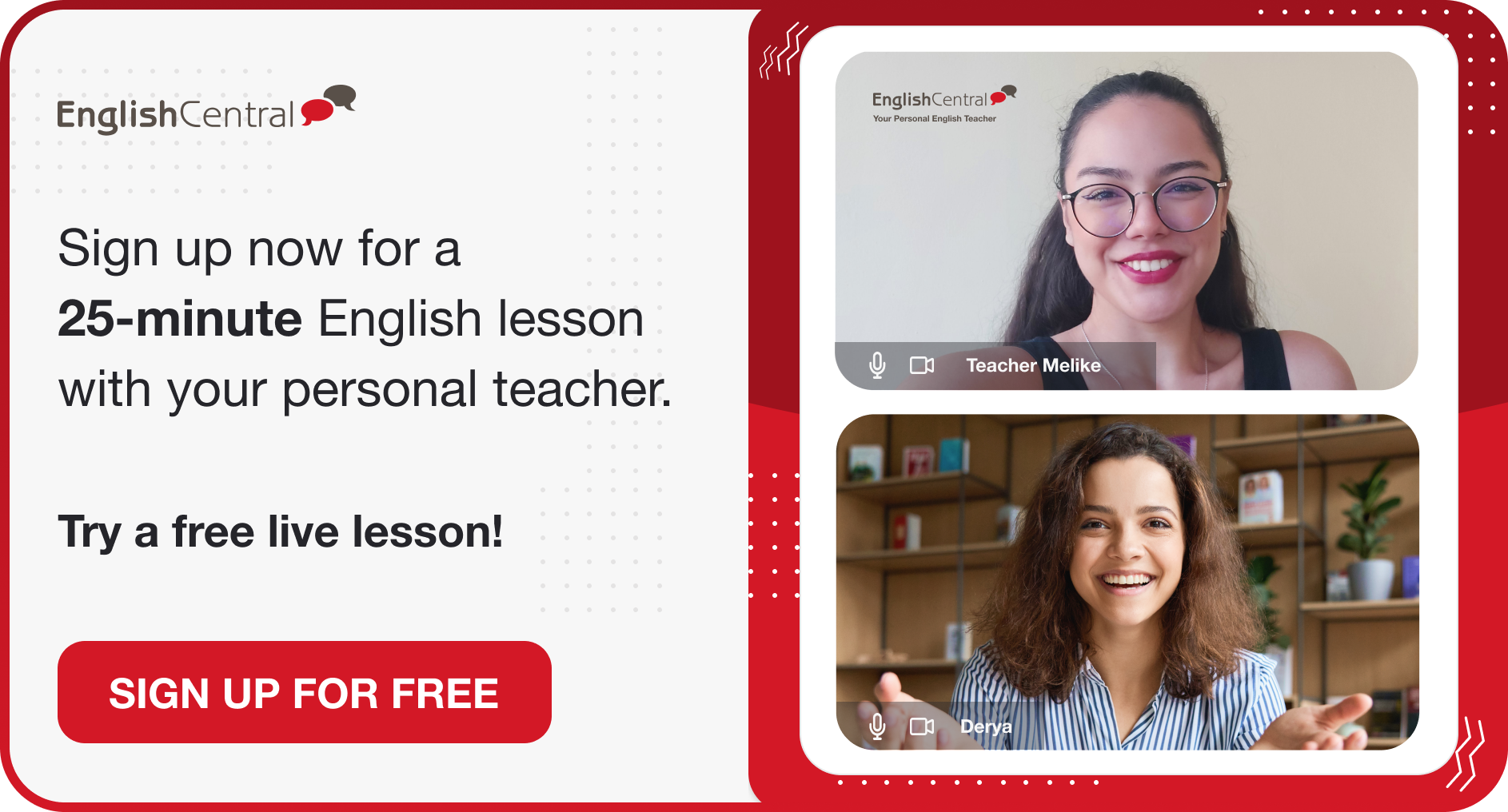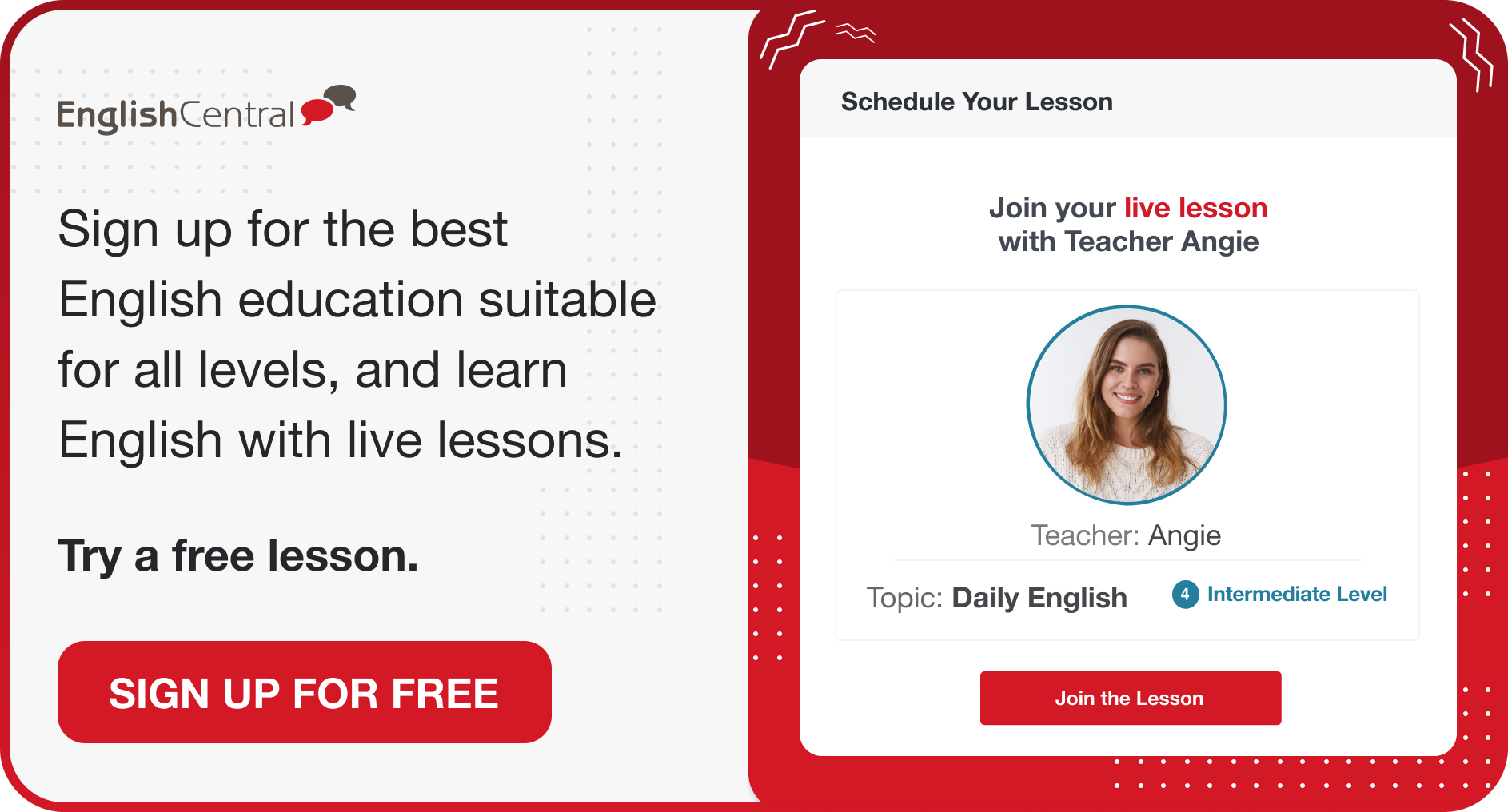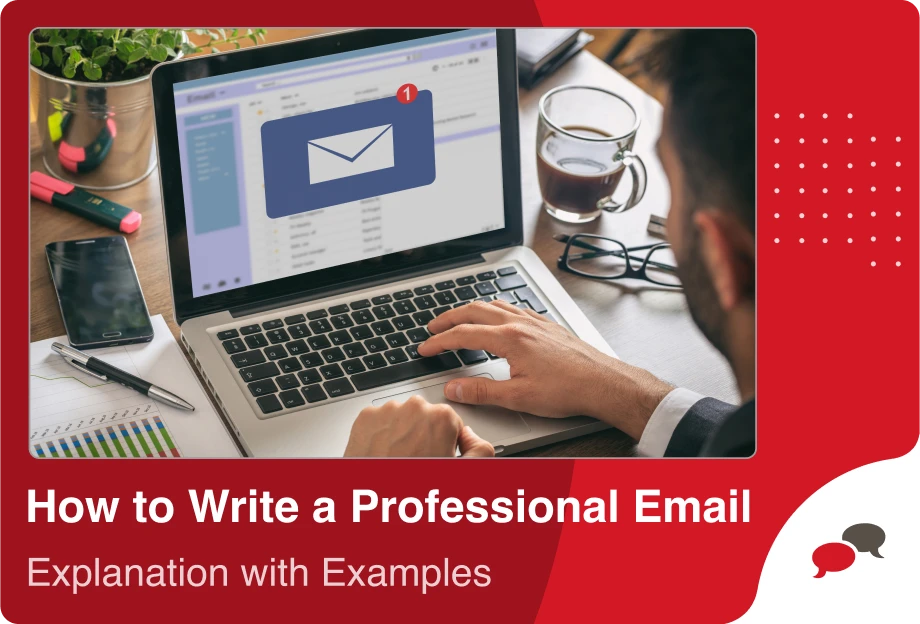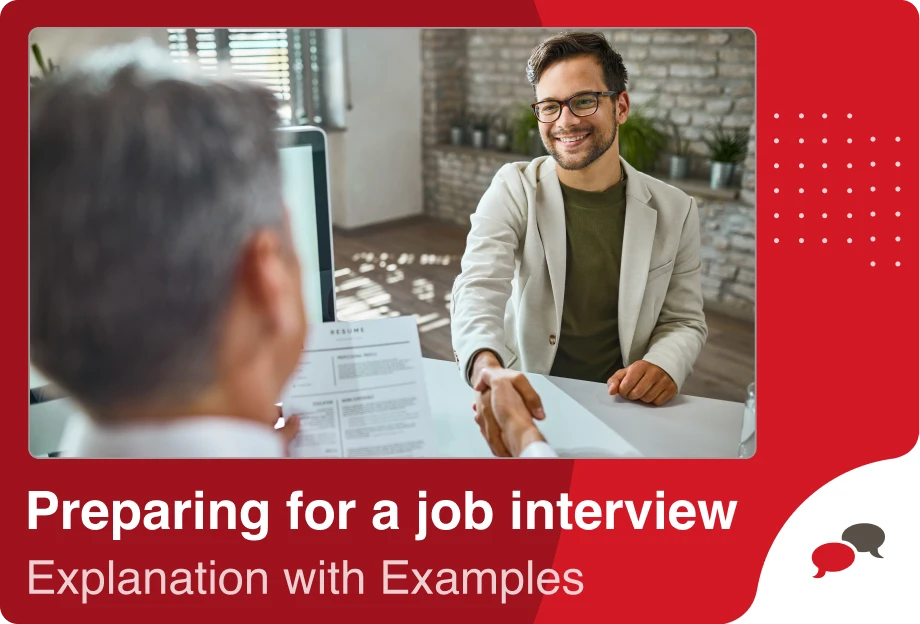In today’s digital age, where the majority of our communication takes place online and is delivered instantaneously, the act of receiving a heartfelt, handwritten letter in the mail has become increasingly cherished and meaningful. As a result, letter writing is experiencing a renaissance and gaining newfound popularity.
This opportunity allows individuals to take a break from the hectic nature of everyday life. The person sending the message is able to halt their rushing routine, take a moment to relax, and experience the joy of expressing themselves through writing. On the other hand, the recipient can unwind and savor the experience of unraveling a heartfelt and significant message from someone who genuinely values their relationship.
Having the knowledge of what to write can sometimes be challenging, particularly when you are presented with exceptionally beautiful stationery designed specifically for letter writing. However, regardless of whether you are composing a heartfelt love letter, expressing remorse through an apology letter, or conveying gratitude with a thank you letter, our comprehensive guide is here to provide you with valuable reminders and insightful tips that will undoubtedly assist you in crafting the perfect message.
How Do You Write a Letter?
In order to effectively communicate through writing, it is important to adhere to certain guidelines when composing a letter. By following these general rules, you can ensure that your message is clear, concise, and professional.
1. Find the right type of paper.
When writing a letter, it is advisable to type and print it on standard white paper. However, depending on the situation, you may opt for a different type of paper. For instance, if you are sending a letter of recommendation or a cover letter along with your resume, using high-quality resume paper may be more appropriate. On the other hand, if you are writing a business letter on behalf of your company, it is recommended to print it on company letterhead.
2. Choose the right format for your letter.
In the next step, it is important to carefully choose a suitable font that will enhance the overall appearance of your document. It is highly recommended to opt for fonts that possess a clean and easily readable aesthetic, rather than selecting fonts solely for their stylistic flair. To ensure professionalism and clarity, consider utilizing fonts such as Arial, Helvetica, or Calibri. These fonts are widely recognized and favored within various industries for their ability to convey information effectively and effortlessly. By employing these professional fonts, you will not only enhance the readability of your text but also maintain a polished and sophisticated visual appeal throughout your document.
In order to ensure easy readability, it is recommended to use a font size between 10 and 12 points. Some popular font options that can be considered for this purpose are Times New Roman, Roboto, Arial, Calibri, Georgia, Open Sans, and Helvetica.
3. Choose between lock format vs. indented format.
When it comes to formatting styles, there are numerous options available. However, it is typically recommended to decide between utilizing a block format or an indented format. With the block format, all elements and sections are aligned with the left-hand side of the page, creating a visually organized appearance. Moreover, in this format, the first sentence of each paragraph does not require indentation, further enhancing the overall clarity and structure of the document.
The indented format is commonly employed for documents that have a more relaxed or informal tone. In this format, the first line of each paragraph is indented by one inch, creating a visually distinct and organized appearance. Additionally, if you opt for an indented format, you will align your address and the date to the right side of the page, further enhancing the overall aesthetic appeal and readability of the document.
Although the block form is commonly preferred and easier to read, the indented format offers a visually appealing alternative. Both formats are considered suitable for formal letters.
4. Don’t forget to include address and letter’s date.
The initial details that you would incorporate in the letter are the addresses of the sender and recipient, along with the date. To commence, your address and contact information will be positioned at the uppermost section of the letter. Following a line break, the date will be mentioned, followed by another line break, and then the recipient’s address will be stated.
If you opt for the indented format, you will need to position your address and the date in the upper right-hand corner, while aligning the recipient’s address to the left. Conversely, if you choose the block format, all addresses should be left-justified.
5. Don’t forget to say hello!
When it comes to addressing the recipient in a written communication, the most straightforward and usually suitable salutation is to use their name preceded by “Dear.” However, if you are not familiar with the person or have a professional relationship with them, it is more appropriate to use their title and last name. In instances where you need to correspond with someone within a company but are unaware of their name, it is advisable to invest some time in conducting research to discover it. Often, if you know their job title, you can locate their name on professional networking platforms such as LinkedIn. Alternatively, you can consider contacting the company directly and requesting the name of the individual who holds the corresponding position.
In situations where you are faced with the challenge of locating specific information or when you are composing a letter that lacks a designated recipient, it is advisable to employ the salutation “To Whom It May Concern”. This versatile phrase allows you to address a broad audience, ensuring that your message reaches the appropriate individual or group. To further enhance the clarity and professionalism of your correspondence, you have the option of punctuating the salutation with either a colon or a comma, based on your personal preference or the desired tone of your communication. By utilizing this widely accepted salutation, you can effectively navigate situations where the recipient’s identity may be uncertain, thereby ensuring that your message is appropriately received and understood.
6. Make your letter’s body look good.
If you possess a standardized letter format, align each paragraph to the left side of the page while maintaining a clear space between them, thus facilitating readability. In the case of indented formats, it is necessary to shift the first line of each paragraph one inch inward.
Your letter should be direct and to the point, and the entire letter should be no more than one page. While it’s appropriate to start with a short joke such as, “I hope this letter finds you well,” you should quickly move on to why you’re writing. You can jump straight to this by typing: “I am writing about…”
Throughout the entirety of the letter, it is highly encouraged to employ the active voice to a great extent. The final paragraph should serve as a summary, restating the primary objective of the letter and urging the recipient to take appropriate action in response. To conclude the letter, it would be beneficial to include an additional courteous remark, for instance, expressing gratitude for the recipient’s time and consideration or extending an invitation to engage in a detailed discussion over the phone if desired.
7. Don’t forget to say goodbye!
When you find yourself in the position of writing to someone you have a formal relationship with, or perhaps someone you don’t know very well, it is important to carefully choose the appropriate closing for your letter or email. One commonly used option is “sincerely,” which conveys a sense of professionalism and respect. Additionally, there are several other phrases that can effectively convey warmth and goodwill, such as “best wishes,” “kindest regards,” or simply “best.” Another suitable option to consider is “yours truly,” which can add a touch of sincerity and authenticity to your closing statement. By selecting the right closing phrase, you can ensure that your message is concluded with the appropriate tone and level of formality, reflecting the nature of your relationship with the recipient.
Types of Letters
There are two main categories of letters: formal letters and informal letters.
When it comes to formal letters, there are typically four formats that are commonly used: indented, full block, modified block, and semi-block. These formats serve as guidelines for structuring and organizing the content of the letter in a professional manner. Additionally, formal letters can encompass various types of correspondence, such as business letters, job application letters, complaint letters, and many more. The specific format and purpose of the letter will determine the appropriate style to be employed. It is important to adhere to these established formats to ensure that the letter is presented in a clear, organized, and respectful manner, thereby effectively conveying the intended message to the recipient. There are three formats you can use when writing formal and informal letters.
In full block format, all the elements of the letter are aligned to the left margin. This means that there is no indentation for paragraphs, and each element starts directly from the left side of the page. Full block format is commonly used in business letters. Lastly, semi-block format is a hybrid of the indented and modified block formats. In semi-block format, the paragraphs are indented, similar to the indented format, but the date, closing, and signature are aligned to the right side of the page, as in modified block format.
Modified block format is similar to full block, but with the exception of the date and closing. In the modified block format, the date and closing are aligned to the right side of the page, while the rest of the elements remain aligned to the left margin. This format provides a slight variation to the full block format. Indented format is characterized by the indentation of the paragraphs, where the first line of each paragraph is set slightly inward from the left margin. This format is often used in traditional formal letters. When writing a formal letter, it is important to choose the appropriate format based on the purpose and context of the letter. Each format has its own distinct style, and the choice of format can impact the overall appearance and professionalism of the letter. Therefore, it is essential to consider the audience and purpose of the letter when deciding on the format to use.
Invitations are a way to extend a warm welcome and request someone’s presence at a specific event or gathering. They can range from casual gatherings among friends to formal occasions such as weddings or business conferences.
Cover letters are typically submitted alongside job applications, providing an introduction and brief overview of the applicant’s qualifications and experiences. These letters aim to capture the employer’s attention and convince them to review the enclosed resume or CV in detail.
Exit or resignation letters are formal communications sent by individuals who intend to leave their current job or position. They serve as a professional courtesy to inform employers or supervisors of the decision, provide notice of the intended departure date, and express gratitude for the opportunity and experience gained during the tenure.
Agreement letters are legally binding documents that establish the terms and conditions of a mutual understanding or contract between two or more parties. These letters outline the rights, obligations, and responsibilities of each party involved, ensuring clarity and consensus on the agreed-upon terms. Job or school applications are essential documents that individuals submit when applying for a job or seeking admission to an educational institution. These applications highlight an individual’s qualifications, skills, and experiences, providing a comprehensive overview of their suitability for the position or program.
Offer or proposal letters are formal communications that present a proposition, suggestion, or business opportunity to another party. These letters outline the details, benefits, and terms of the offer or proposal, aiming to persuade the recipient to accept the presented opportunity.
Interview follow-up or thank you letters are sent by job applicants to express gratitude for the opportunity to interview and reiterate their interest in the position. These letters serve as a courteous gesture, allowing applicants to further demonstrate their enthusiasm and professionalism. Inquiries are written to request information or clarification on a specific topic or issue. These letters can be sent to individuals, companies, or organizations, seeking answers or guidance on various matters.
Acceptance letters are sent to individuals who have successfully secured a job offer or gained admission to a school or university. These letters convey excitement and gratitude for the opportunity, while also outlining any necessary steps or requirements for enrollment or employment.
Rejection letters, on the other hand, inform individuals that their job application or school admission has been unsuccessful. While rejection can be disheartening, these letters are typically written in a respectful and considerate manner, offering encouragement, and suggesting alternative options if applicable.
Recommendation or referral letters are written by individuals who vouch for the abilities, character, and performance of another person. These letters are typically requested by job applicants or individuals seeking admission to educational programs, and they serve as a testament to the applicant’s qualifications and suitability for the desired position or program.
Informal letters, as the name suggests, do not adhere to a specific format and can be written in a more relaxed and conversational manner. These letters are often exchanged between friends, family members, or acquaintances, allowing individuals to share personal news, express emotions, or engage in casual conversation. They offer a more intimate and informal means of communication, allowing for creativity and individual expression.
Formal Letter
In formal correspondence, it is important to include the reasons for writing, your contact details for the recipient to respond, a proper greeting and closing, and your signature.
In a written letter, it is important to include the contact information of both the sender and the receiver including their names, titles, company names, addresses, phone numbers, and email addresses, followed by the date.
When sending an email, there is no need to include the recipient’s contact information. Please list your contact information at the conclusion of the letter, following your signature. Address the letter in a professional manner by using a formal greeting and appropriate title (“Dear Mr./Ms./Dr.”).
The first paragraph of your letter should contain an introduction to why you are writing so that the reason for contacting the person is obvious. Then provide specific information about your request or the information you provided in the following paragraphs.
In the last paragraph of your letter, you should reiterate the reason for your letter and thank the reader for considering your request. If appropriate, you should also politely ask for a written response or the opportunity to arrange a meeting to further discuss your concern.
You should do the closing as a formal farewell, e.g. “With kind regards” or “With kind regards”. End the letter by signing it with your handwritten signature, and then type your name below it. Please provide your typed name and contact information in the email signature.
Formal letter examples
Derek Johnson
202-555-0193 | derek.johnson@email.com | Richmond, VA
May 10, 2023
Syneron Tech Care
Dear Hiring Manager,
I’m writing to express my excitement about the recent opening for a Help Desk Specialist at Syneron Tech Care. As a current Help Desk Specialist with eight years of experience providing technical support to clients experiencing a wide range of software and hardware issues, I feel that I have the necessary skills to succeed in the position. I’ve always admired Syneron Tech Care’s commitment to customer service and continuous improvement, and I would love the opportunity to contribute to your talented team of help desk professionals.
During my previous role as a Help Desk Technician at FOI Global Solutions, I delivered fast support to over 20 clients each day and helped troubleshoot and resolve their IT issues, resulting in an average customer satisfaction rating of 4.9 on a five-point scale. In my recent role as Help Desk Specialist at Sentri Solutions, I have helped over 500 clients install and upgrade hardware and software systems, provided basic computer training to clients in five major continents and provided high-level technical support and .assistance that includes software troubleshooting and problem-solving.
With my extensive knowledge of both computer hardware and software, my excellent diagnostic skills and my ability to interact positively with a variety of clients, I’m able to respond to inquiries and resolve technology-related issues quickly. My excellent time management skills and attention to detail also allow me to prioritize tasks and deliver a more positive customer experience. I’m also fluent in English, Chinese and French, which enables me to communicate effectively with even more clients.
I strongly believe that I can use my skills to help Syneron Tech Care continue its tradition of providing small companies with exceptional IT support, and I look forward to learning more about the position of Help Desk Specialist. I greatly appreciate your time and consideration. Please contact me if you have any questions about my qualifications or would like to arrange an interview.
Sincerely,
Derek Johnson.
Informal letter
Just like formal letters, informal letters in English also have a specific format. However, unlike formal letters, informal letters do not require specific information and can be written in a casual and conversational style. These letters are more like friendly chats and can cover a wide range of topics. They can include anything you want to share with your loved ones and can use colloquial expressions that are not appropriate in formal letters. By following a few simple guidelines, you can easily write impressive informal letters.
If you are unsure how to begin writing an informal letter, here is some information that will help you. To ensure the correct format for your informal letter, you should start with the sender’s address. The address should be written on the left-hand side of the paper. It is important to provide the complete address so that the recipient can respond to your letter. Therefore, make sure you include the correct address, including the pin code. If you are writing to someone in a different country, remember to include your country in the address. For example, 29, NBC Garden, Coimbatore, India – 641053. After the address, you should include the date. Including the date is important as it allows the recipient to know when the letter was written. You can write the date in any of the following formats: for example, 15/11/2021 or 15th November, 2021 or November 15, 2021.
The words you choose determine the tone of your letter. You can begin an informal letter with an introduction to set the tone of the discussion. You can start by asking about the recipient’s health and well-being. For example, I hope this letter finds you in good health. Then, you can explain the reason for writing the letter and provide as much detail as you wish, unlike in formal letters. The letter can be more like a friendly conversation than an essay. You can use a casual and personal tone. However, if you are writing to an older person, avoid using disrespectful terms or sentences. End the informal letter on a friendly note. Use words that make the recipient feel as if they have had a delightful conversation with you. Also, make it clear that you are eagerly awaiting their response to your letter. When writing informal letters to friends and family, you can address them by their names with qualifying terms such as Dear, My dear, Dearest, etc. Another option is to use their pet names (e.g., Dearest Rosy, Dear Andy, My dear Sweety…) or refer to their relationship with you (e.g., Dear Uncle, Dearest Grandma, My dear Cousin…). If you are writing to an older or higher-ranking friend, it is respectful to use prefixes such as Mr, Mrs, Ms, etc. For example, Dear Mr Reddy.
Informal Letter Example
2/35, Sterling Road
Ashok Nagar
Chennai – 600034
June 7, 2017
My dear Blair,
Hope you are back home after your trip. I remembered that you had told me last month that you would be going on a one-day school trip to Wonderla Amusement Park, and I wanted to know how it went.
I have been to Wonderla a few years back, and I am sure a lot has changed since then. I loved the water pendulum, the roller coaster and the wave pool. I hope you got a chance to go on these and many other rides too. I can’t wait to hear all about the fun you had.
Waiting to hear from you.
Your dearest friend,
Serena
Frequently Asked Questions About How to Write A Letter
How do you start a letter in English?
When writing a letter, you start by saying “Dear” and then write the name of the person who will receive your letter.
What is the letter format?
The body of a letter can be formatted in two main ways: block and semi-block format.
How do you start a letter like a professional?
The standard professional greeting is “Dear,” but many people also use just the recipient’s first name.
What is letter vs formal letter?
Formal letters are like the ones you write when you need to talk to important people or companies. Informal letters are more like the ones you write to your friends or family to say hi or talk about fun things.
Would you like to put what you have learned into practice? You can access everything you need to learn English on a single platform! With 25-minute one-on-one live English lessons, 40-minute group lessons, more than 30,000 interactive videos, vocabulary learning tools, AI-supported tutor MiMi, quizzes, and interactive activities, EnglishCentral offers its users a personalized and quality education plan at an affordable price. How about registering for EnglishCentral now and starting to learn English?











